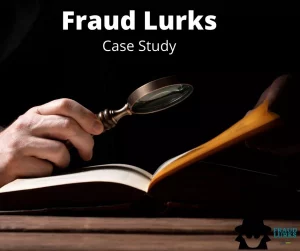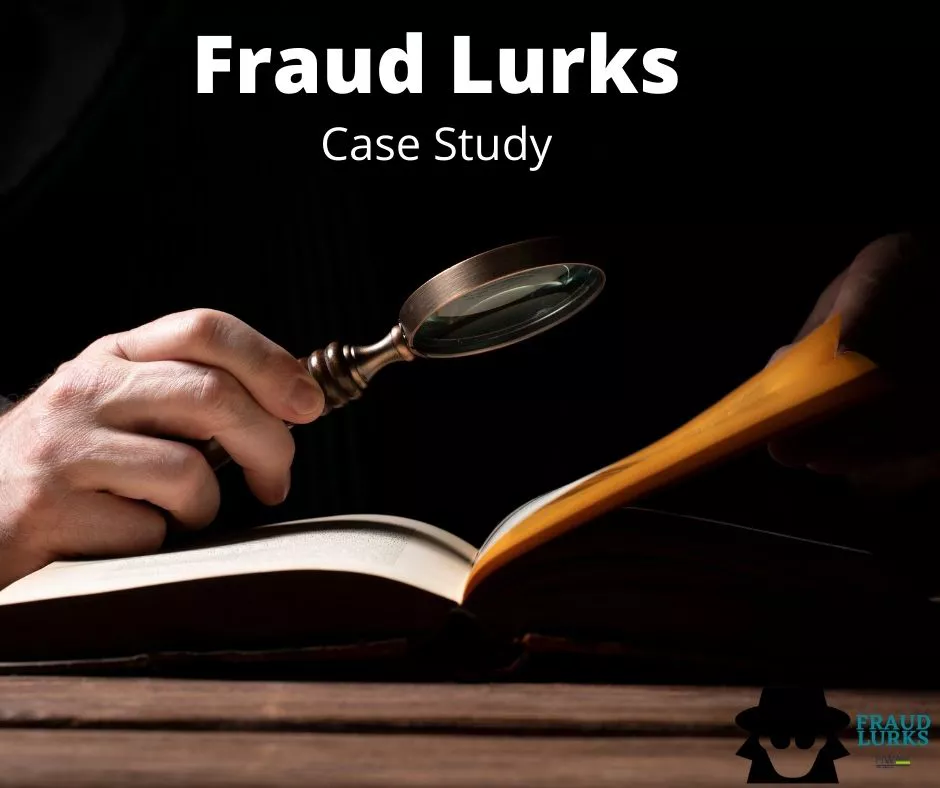 Despite my attempts to keep these articles readable, I admit the last two were a bit technical. I promised to lighten things up by providing case studies of frauds/defalcations, which I personally investigated. This month’s Fraud Lurks case study is entitled “American Express Gone Wild” and involves a simple but ingenious plot whereby the administrator of a services company was able to exploit accounting control weaknesses to steal hundreds of thousands of dollars over an 8-year span.
Despite my attempts to keep these articles readable, I admit the last two were a bit technical. I promised to lighten things up by providing case studies of frauds/defalcations, which I personally investigated. This month’s Fraud Lurks case study is entitled “American Express Gone Wild” and involves a simple but ingenious plot whereby the administrator of a services company was able to exploit accounting control weaknesses to steal hundreds of thousands of dollars over an 8-year span.
Before going further, three items:
- A well-designed, well-executed fraud is a thing of beauty in a perverse sense. Properly executed, fraud such as this one can go on for years (as it did) without detection, assuming the fraudster doesn’t get too greedy, as they often do.
- The point of describing the case is not to poke fun at the targeted company, but rather to introspectively ask, “Can this, or something similar, happen to my company?”
- A common thread of identified frauds is someone saying; “I never would have suspected him/her.” This has to be true – you’re watching the ones you might suspect!
American Express Gone Wild
Perpetrator:
- Female
- Late 40s
- Over 20 years with the company in various positions
Position: Firm Administrator
Described as
- Hard-working
- Dedicated
- Detailed/organized
- Trusted
- Lived a very nice lifestyle – Attributed to her wealthy in-laws
Scheme:
To take advantage of credit card miles and perks, the Company charged everything they could on credit cards. Over the years the company found itself with 6 American Express, Mastercard, and Visa credit cards. All of the Company owners were authorized check signers; no one recalled how that came about, but suspicion was the administrator encouraged it.
The perpetrator provided checks for signature with all invoices properly attached; balanced to the penny. All expenses represented valid company expenditures. Later that week or the next she used the same stack of invoices, substituted a new invoice or two for other invoices, and presented that for payment to another owner for signature. Checks were made out to Mastercard for example but did not include the Mastercard account number on the check. Of course the valid company Mastercard was paid with one check and a payment was made on her personal Mastercard with the other. The amount did not agree with her balance but, since she always ran an open balance on her card, the payment was processed without question.
The administrator reconciled the bank statement promptly each month as well as the credit card statements. The fraudulent payments were allocated to various expense accounts, especially those below budget that month.
What went wrong?
- Overall poor internal controls
- Lack of segregation of duties
- Overly trusted employee
- Too many check signers. One trusted owner should be the designated check signer with a backup or two in case of an emergency. There should be few – if the check signer is out, the checks can wait until the next day/week.
How was it detected? – One owner questioned the need for multiple cards and suspected the charges were high. It seems she was suspicious her fellow owners were abusing the cards, which was not the case. After investigation, the scheme was uncovered, essentially by accident.
After you’re done smiling and shaking your head, consider if something like this can occur in your company and if so, take action before it does.

CPA, CGMA
Principal
olejarski@hwco.com




